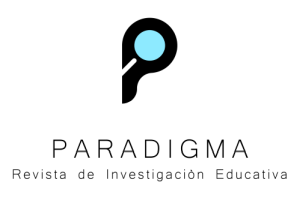Paradigms and models on disability: historical evolution and educational implications
DOI:
https://doi.org/10.5377/paradigma.v26i42.9019Keywords:
disabled persons, inclusion, inclusive education, social justiceAbstract
The purpose of this article is the review of the main paradigms and models on disability and its implications in the educational field. For this, it starts conceptualizing disability and in a second moment a historical tour is made about the explanatory paradigms and models, emerged from the twentieth century until today. Finally, there is a reflection on the influence they have had on education, identifying the models of educational care for people with disabilities.
Downloads
12751

Downloads
Published
How to Cite
Issue
Section
License
Transfer of Copyright
- The author, when sending the work, states that it is his will to give the Universidad Pedagógica Nacional Francisco Morazán the patrimonial rights that correspond to him as the author of his work.
- The rights here assigned include all economic rights (Reproduction, transformation, public communication and distribution) and are given without limitation in terms of territory; This Assignment is given for the entire duration term established in the current legislation in Honduras.
- The cession of the aforementioned rights does not imply the cession of moral rights over it, because in accordance with the provisions of the Copyright and Related Rights Law, Chapter II, of the Moral Rights, Article 34, Article 25 , these rights are inalienable, imprescriptible, indefeasible and inalienable.
- The research work or document must be original and have been done without violating or usurping rights of third parties, therefore, the work is exclusively authored and owns the same.
- In the case of any claim or action by a third party, as to copyright on the work in question, the author must assume full responsibility for the rights assigned.
- Upon completion of the Rights Assignment Form, the author states that the work has not been published in another way, that the rights on the work have not been assigned and that no encumbrance or limitation on their use or use is imposed on them.







